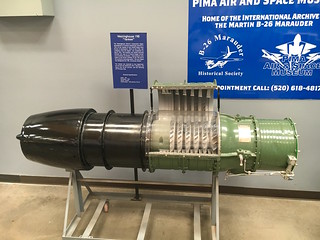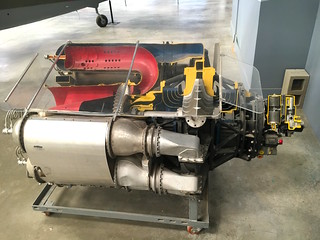We got a safety recall notice on our GMC pickup. Actually, two of them: one about a potentially bad trailer hitch, the other about a defective part in the seatbelt mechanism. I took it in this morning. The service rep said they’d fix the seatbelts and inspect the hitch, and if the hitch was bad they’d have to order a new one and install it at a future date. Two hours later they called to say come get your truck. Our trailer hitch was bad but they had a new one after all and it’s good now … it was the seatbelt stuff they didn’t have, so we’ll have to pay them another visit.
As far as I can tell the seatbelts work correctly. The recall didn’t say it was a don’t-drive-your-car-until-it’s-fixed issue, so I’m cool with waiting. Knowing the trailer hitch has been replaced with a good one is a relief, since we do pull a trailer sometimes.
Donna’s still happy with her new Ford Escape. She wants a set of those fitted rubber floor mats they advertise on TV. I priced them on Amazon and damn, them things ain’t cheap. What a racket, aftermarket parts. Speaking of parts, the Goldwing is ready for the Death Valley trip in November, but I think I’ll put a fresh battery in between now and then. Back in the day you could tell when an old battery was starting to give up the ghost. These days your first warning is when the starter goes click-click-click.
The air museum tram team leader climbed aboard yesterday and gave me a check ride, or, as he called it, an annual recertification. Then he asked me to ride along with him and do his recert. I take this sort of thing seriously. When I flew jets, every evaluation, check ride, test, and recertification was a big deal. As for yesterday, we both passed. He caught me in a couple of small errors; ditto me him. I learned something, so did he, and now we’re both smarter.
I’m thinking about writing a post on early jet engines. This grows out of the air-minded post I recently wrote on the FH Phantom, and my own experiences flying the T-37 Tweet, both of which were powered by early and comparatively primitive turbojet engines: axial-flow Westinghouse engines in the Phantom; centrifugal-flow Continental engines in the Tweet. The Westinghouse axial-flow design resembled that of the Junkers-Jumo engines that powered the German Me-262 in WWII; the Continental centrifugal-flow design came straight from the British Whittle engine of the same time period. Obviously I’m going to have to do some research before I write about the differences between axial-and centrifugal-flow engines. For now, you can feast your eyes on these photos I took at the air museum yesterday:
To assist in orientation, you’re looking at the right side of each engine: intakes on the right, exhausts on the left. The principle’s the same but the designs are radically different.
Call me a nerd, but I dig this stuff. You’ll be hearing more on this subject soon.


Another one of the kind I particularly like, Woodford’s Musings. They’re like carrying on a conversation with you.